by Francois Nicoulaud
“No deal is better than bad deal:” that’s the mantra that has been heard ad nauseam in the recent past and presented as self-evident of U.S. toughness in the negotiations over Iran’s nuclear program.
But is it really so? Of course, everybody knows what “no deal” means. It is more difficult to discern at what point a deal becomes bad, rather than good, or even average. But plenty of experts are ready to help. A bad deal, they tell us, is a deal which would allow the Iranians to produce the material necessary for a bomb in less than six months. A bad deal is a deal which would not clarify once and for all what kind of research the Iranians have been pursuing in the past for manufacturing a nuclear explosive device. A bad deal is a deal which would allow the Iranians to pursue their ballistic missile program. And so on… One ends up understanding that any deal less than perfect would amount to an unacceptably bad deal.
But such an approach goes against any diplomatic process in which compromise and give and take are key notions. It leads to the conclusion that a perfect deal is a deal which does not have to be negotiated, a deal in which the winner takes all. And indeed, there are people who believe that non-proliferation is too important a question to be submitted to any kind of compromise. It deserves only perfect deals.
History, though, does not confirm this approach. The mother of all non-proliferation agreements, the Non-Proliferation Treaty (NPT), concluded in 1968, was in each and all its articles one big compromise. A few countries were allowed to develop nuclear arsenals, others not. The countries that agreed to forsake any military nuclear ambitions were allowed to bring their nuclear capabilities up to the thin red line beyond which could start the manufacturing of an explosive nuclear device. Nobody was happy at the result when the Treaty was signed and nobody is satisfied today by the state of affairs that has developed since.
Thus, the NPT was a deeply imperfect agreement, and indeed, a kind of bad deal. But would a “no deal” have been better? Obviously not. In a different field, the strategic arms limitation agreements concluded during and after the Cold War between the US and the USSR, later on Russia, and signed on the US side by Presidents Nixon, Carter, Reagan, George H.W. Bush, Obama… were certainly deeply imperfect. But, again, would “no deals” have been better?
Considering the Iranian negotiation, one could risk being provocative by saying that almost any deal (at least in the ambit of the current negotiation) could be better than no deal at all. No deal means the unchecked development of the Iranian program, the continuing increase of its enrichment capacities and stock of enriched uranium, the completion of a reactor of the plutonium-production type, and eventually the resumption of active research on engineering a nuclear device. By way of consequence, it would mean a growing tension between the international community and the Islamic Republic, possibly culminating in strikes on its nuclear facilities and in armed confrontation.
Compared to such a prospect, a far less-than-perfect agreement could appear indeed as highly desirable. Let us remember that international relations are nurtured by iterative and evolutionary processes. “Solve-all”, perfectly designed agreements, the epitome of which could well have been the Treaty of Versailles, seldom produce brilliant and lasting results. What is critical is to grab at the right moment the maximum of what is within reach. The art of diplomacy lies precisely in the ability to first discern, and then to join and knit together the extremes of what can be willingly accepted by the conflicting parties. It incorporates also the humility of leaving to others the task of solving at a later stage questions not yet fully addressed or wholly answered, in the knowledge that new circumstances created by an agreement will create new possibilities for progress. It keeps in mind that even an imperfect agreement, if faithfully implemented by the parties, can be a kind of confidence-building machine, opening the way to further advances. This is precisely what happened with the November 24 Joint Plan of Action between the P5+1 and Iran: that accord was transitory and therefore essentially imperfect, but it created the proper atmosphere for a more ambitious step forward.
Given the current state of the negotiations, how can these general considerations be translated into concrete terms? Let us limit ourselves to the most difficult point; that is, the acceptable level of Iranian enrichment activities. Here, the obvious line of compromise turns around capping them for a few years the present level of employed enrichment capacity – expressed in Separation Work Units (SWU) in order neutralize the consequences of the possible introduction of more efficient centrifuges. The figure to be retained would then be between 8,000 and 10,000 SWU per year.
For this, the Iranians have to admit that they do not need to develop an enrichment capacity on an industrial scale (about 50,000 SWU per year and over) as long as do not break ground on the main structures of their future nuclear power plants. And they should take advantage of this interval to develop more productive and more secure centrifuges than the primitive, outdated model that forms the bulk of their present stock of working centrifuges. They also need to progress significantly in the technology of nuclear-fuel manufacturing in order to be ready in due time if they want to meet at least partially the needs of their future nuclear power plants.
On the other side, the West should consider the enormous political difficulty the Iranian government would face if it had to dismantle even part of the nation’s hard-won enrichment capacity. It is true that accepting the preservation of this capacity at its present level would open the theoretical risk of the Iranians quickly acquiring significant quantities of highly enriched uranium, thus opening the way to the bomb. But considering the self-destructive consequences of such a blatant breach of agreement, the risk is very limited indeed, and by all means much more limited than the risks raised by the absence of any deal. Is this risk really unmanageable for the coalition of the world’s most powerful countries, given the sophistication of their diplomatic, intelligence, and contingency-planning capacities? Of course, such a compromise could be easily depicted with equal vehemence as a bad deal on both sides. And that is why it is probably the right compromise, and a fair deal.
Photo: The P5+1 foreign ministers, with Iranian Foreign Minister Javad Zarif at United Nations Headquarters in Geneva, Switzerland, November 24, 2013. Credit: State Department photo/Public Domain

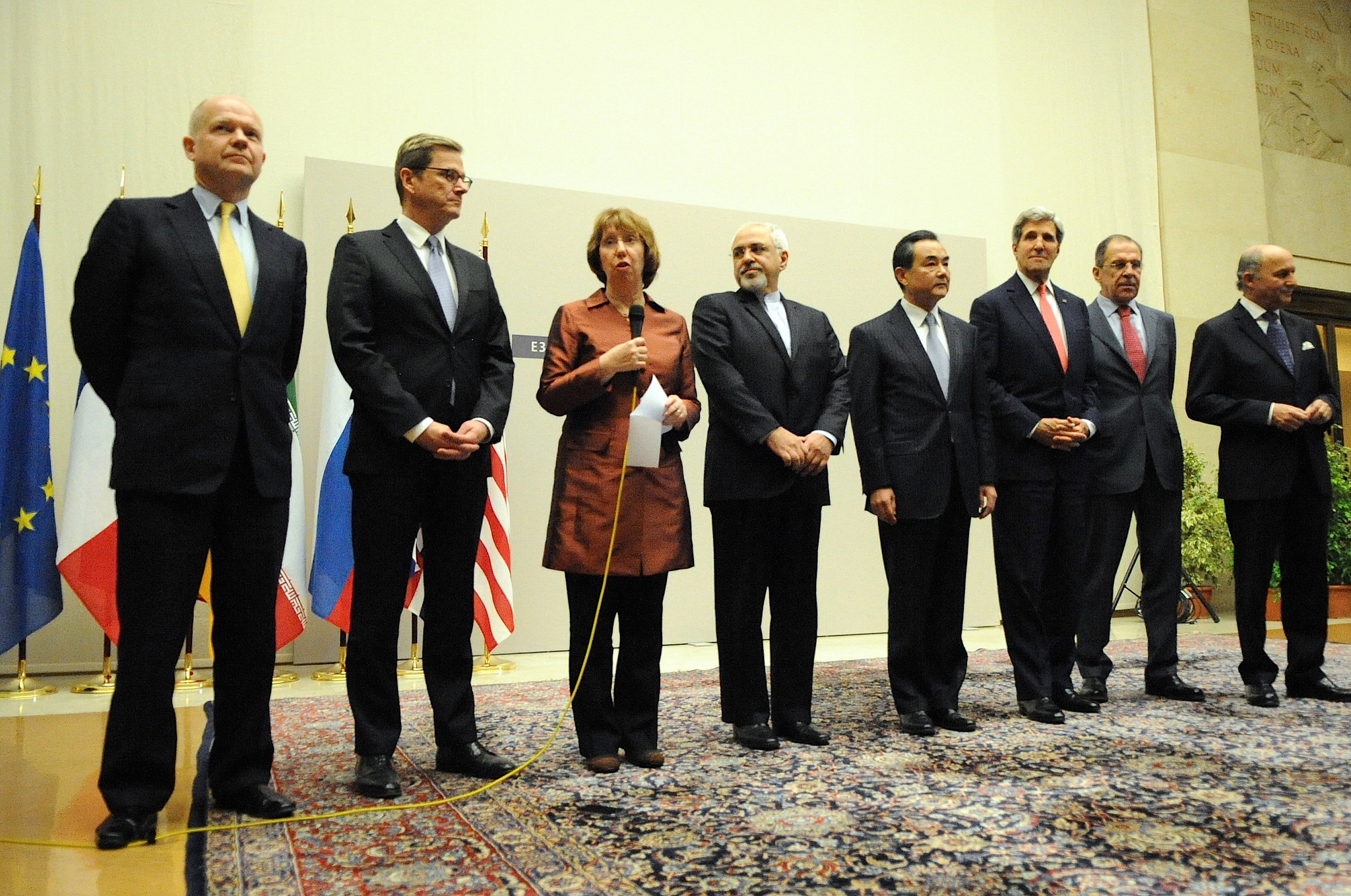
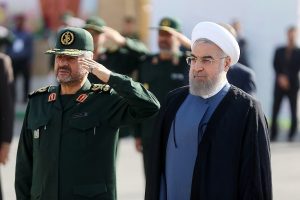
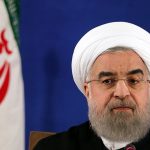
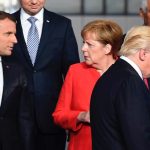
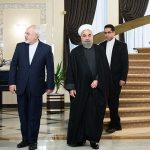
Let’s say there is no deal and the world goes back to tightening sanctions on Iran and makes it even more crippling, and the West and Israel continue to threaten to bomb Iran. If, as so many believe, Iran is indeed after nukes at any cost, and with no cards left for it to play, if I were them I’d be thinking “Being in the NPT has become a liability, has not produced any positive results, is not making nuclear technology any more accessible than before signing the treaty, and it has not stopped some nuclear powers, some of whom are not signatories to the NPT, from threatening me. So, why would I want to stay in it and allow the IAEA personnel access to all my scientists and nuke sites, which then seems to pass on that information to hostile nations for targeting purposes?”
The fact that the most severe of sanctions did not stop North Korea and Pakistan from developing nukes tells me no deal is the worst of all three options.
Interesting piece, thank you Mr Nicoullaud for this. You make a very good point about the centrifuges, as well as the processing of fuel for the future reactors planned. Such an agreement as you put forth, indeed, would serve the best interest of all, IMHO
Iran should just get out of NPT and do whatever it wants just like Israel which is not a member. If a country is not a member then according to Hillary Clinton it has no international obligations. The west is too obligated to Israel and Jewish money so they just do what Israel asks them. So the hell with them let them do whatever they want. If they want to kill millions of innocent Iranians like they killed millions of Iraqis, Afghanis, Pakistanis, Yemenis, Libyans then there is nothing to do. Iran can’t satisfy US, and its puppet master Israel. Now they even want Iran to stop its defensive missile program. What audacity?
Khameni has stated a Fatwa against nuclear weapons. The IAEA has stated Iran has no facilities ready for weaponry. Zarif has offered Olive branches at the Un, at the 5&1 meetings. Why do we remain tone-deaf? Reminds me of an Op Ed during the Hostage crisis..”Iran Calling…Hang up”.
As usual, François Nicoullaud’s views are brilliant,informative, and provide highly finetuned assessments and recommendations thanks to his most valuable diplomatic expertise.
Advising Iran not to focus on the number of centrifuges ,but negociating on SWU may be a promising way for reaching a reasonable compromise .In this respect Foreign affairs minister Zarif would be inspired not to repeat ,like in his recent statement,that Iran managed to build thousand centrifuges.Not the best way for persuading the other party of his flexibility. However,he may have been pushed to remind iranian progress in such a massive increase by his domestic audience (Khamenei and conservative at home who urge him not to surrender).Such an internal pressure does not help him to show the required flexibility.On the other hand, John Kerry’s most recent statement was not so clever either.It may be perceived as an ultimatum before meeting, although it may have been a single warning, taking account of Congress’ reluctance to compromise.Both parties should avoid issuing preemptive statements for PR purposes,as they may add risks of mutual misperceptions.These are most often corrected within behind the scenes and closed doors meetings, but non-connected people ,including pressure groups are not always capable of proper deciphering the ‘real message’ (and even some don’t wish clarification…).Dangerous games.